Your 
Tell your Colgate stories and share your vision for the university’s future. Then, take a moment to reflect on thoughts shared by other members of the Colgate community.
More ways to be part of the celebration
Bicentennial Books
Becoming Colgate: A Bicentennial History available at the Colgate Bookstore and online May 22, 2019
Special Offer
When you bundle the paperback with When Through Thy Valley: Colgate in 200 Images, you’ll save $5.
Proud TraditionBold Ambition
Colgate’s present distinction is born from a rich history, full of energy, ambition, and optimism. Atop our hill, we have engaged with the world. Our sense of place has reinforced our love of possibility.
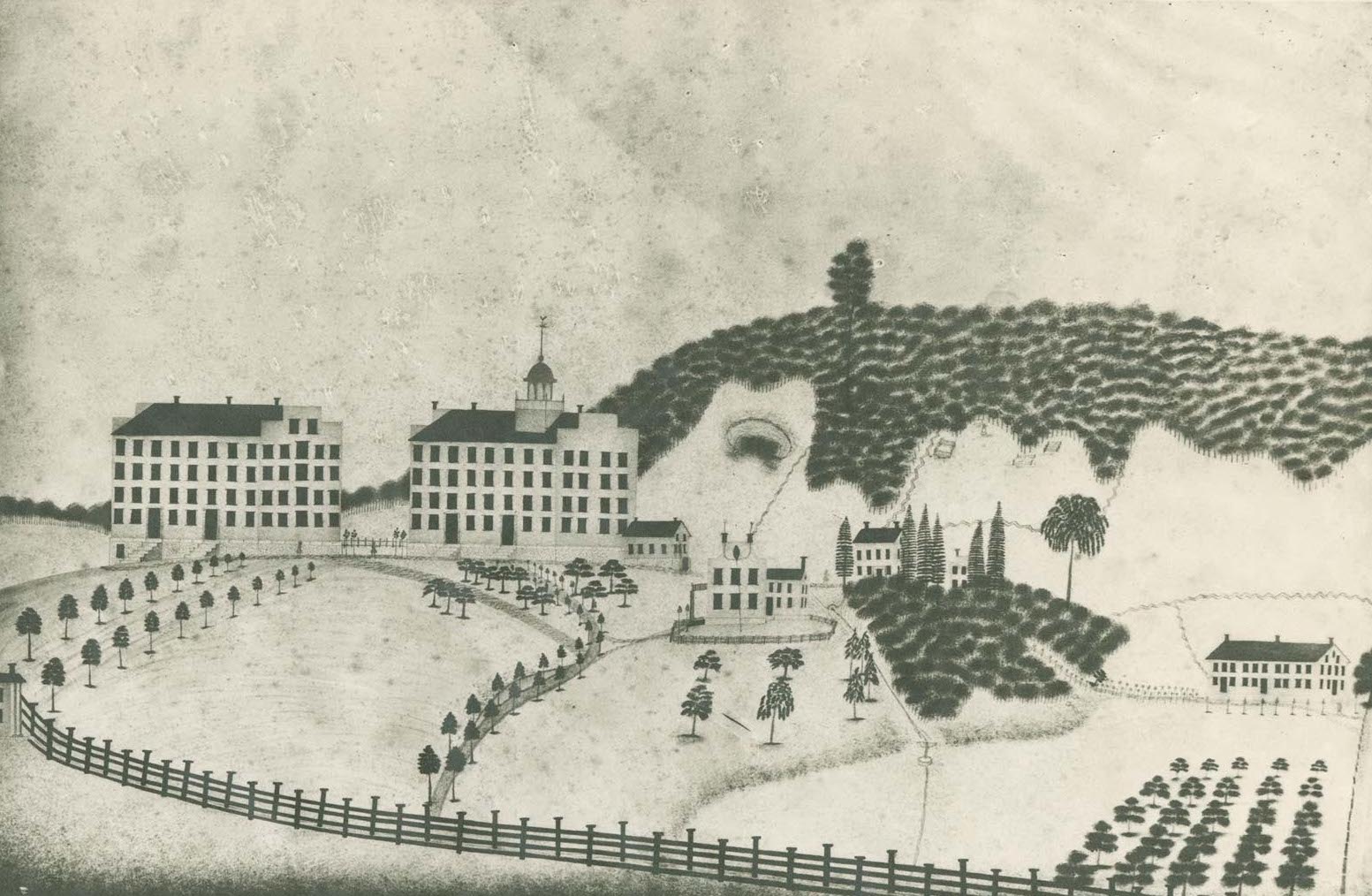
In September of 1817, 13 Baptist ministers and laymen meet at the home of Deacon Jonathan Olmstead, where they establish the Baptist Education Society of the State of New York. Chartered on March 5, 1819, the society chooses Hamilton, N.Y. — founded in the homeland of the Oneida Nation of the Iroquois — as the site of their institution, which opens in 1820. In 1823, New York City Baptists, William Colgate among them, consolidate their seminary with the school in Hamilton to form the Hamilton Literary and Theological Institution.
Historical Backdrop
1816
Village of Hamilton, N.Y., incorporated
1832
Hamilton Fire Department formed
1846–1848
Expansion of U.S. territory following Mexican-American War
1865
Civil War ends
13th Amendment ends slavery in the United States
1868
First railroad through Hamilton arrives
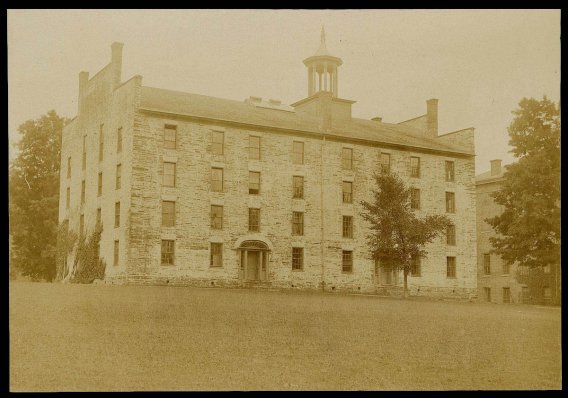
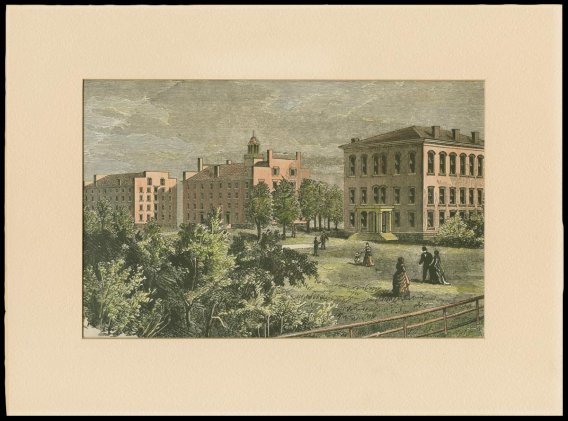
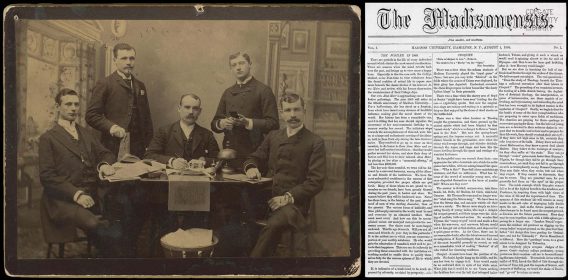
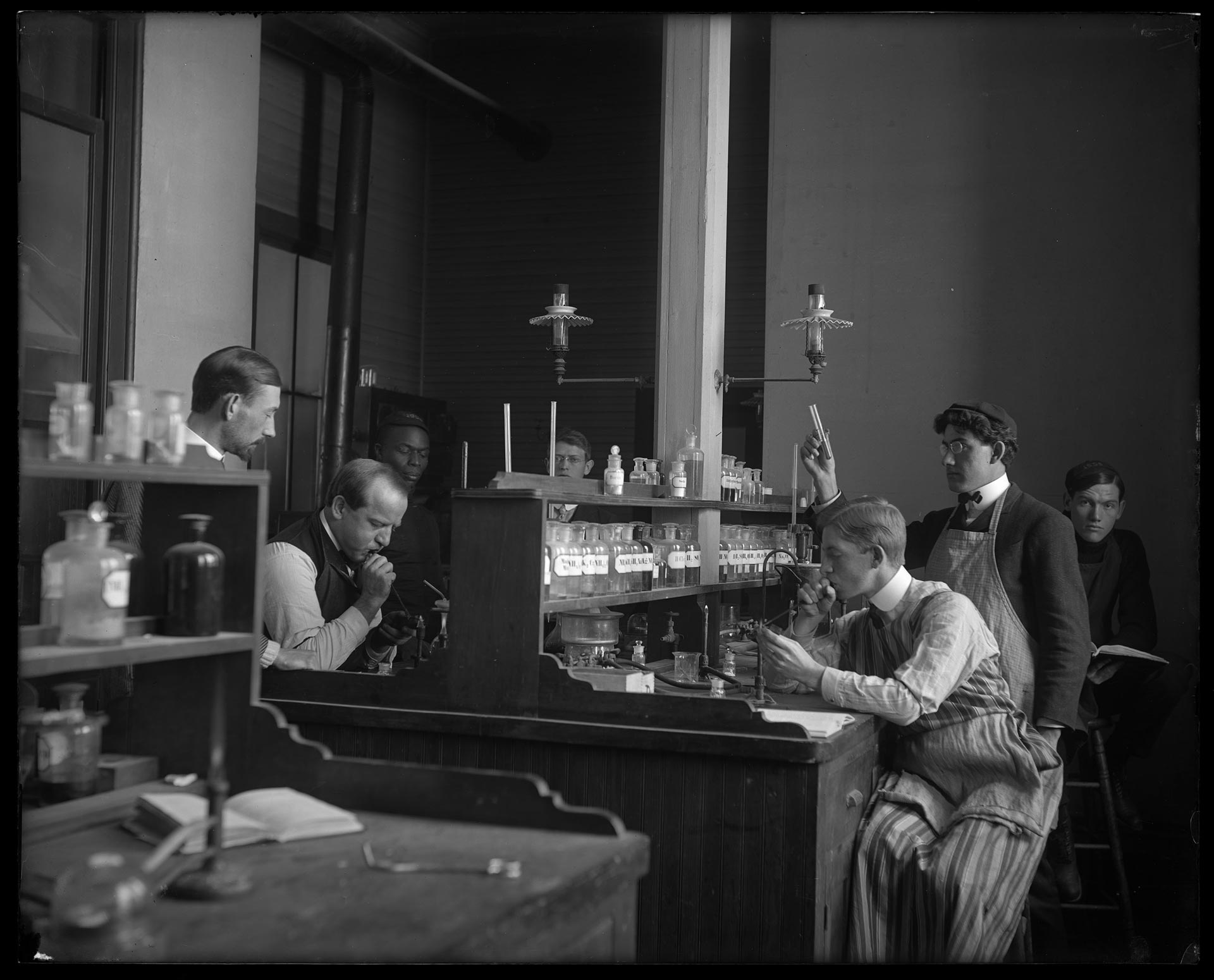
As Madison University’s Jubilee Celebration in 1869 marks the 50th anniversary of the incorporation of the education society from which it evolved, the next era is anticipated with strong optimism. A reorganized curriculum, promising new professors, along with renovated campus buildings and a greatly augmented treasury, provide a solid foundation for further growth. The institution begins evolving in many ways — from expanding its curriculum to meet the need for an educated laity as well as trained clergy, to enhancing the campus and the faculty.
Historical Backdrop
1895
Calamitous fire destroys more than 60 buildings in Hamilton
1903
First flight by the Wright Brothers
1904
First telephone line installed in Hamilton
1917
United States declares war on Germany
Women gain the vote in New York State
1918
Global flu pandemic
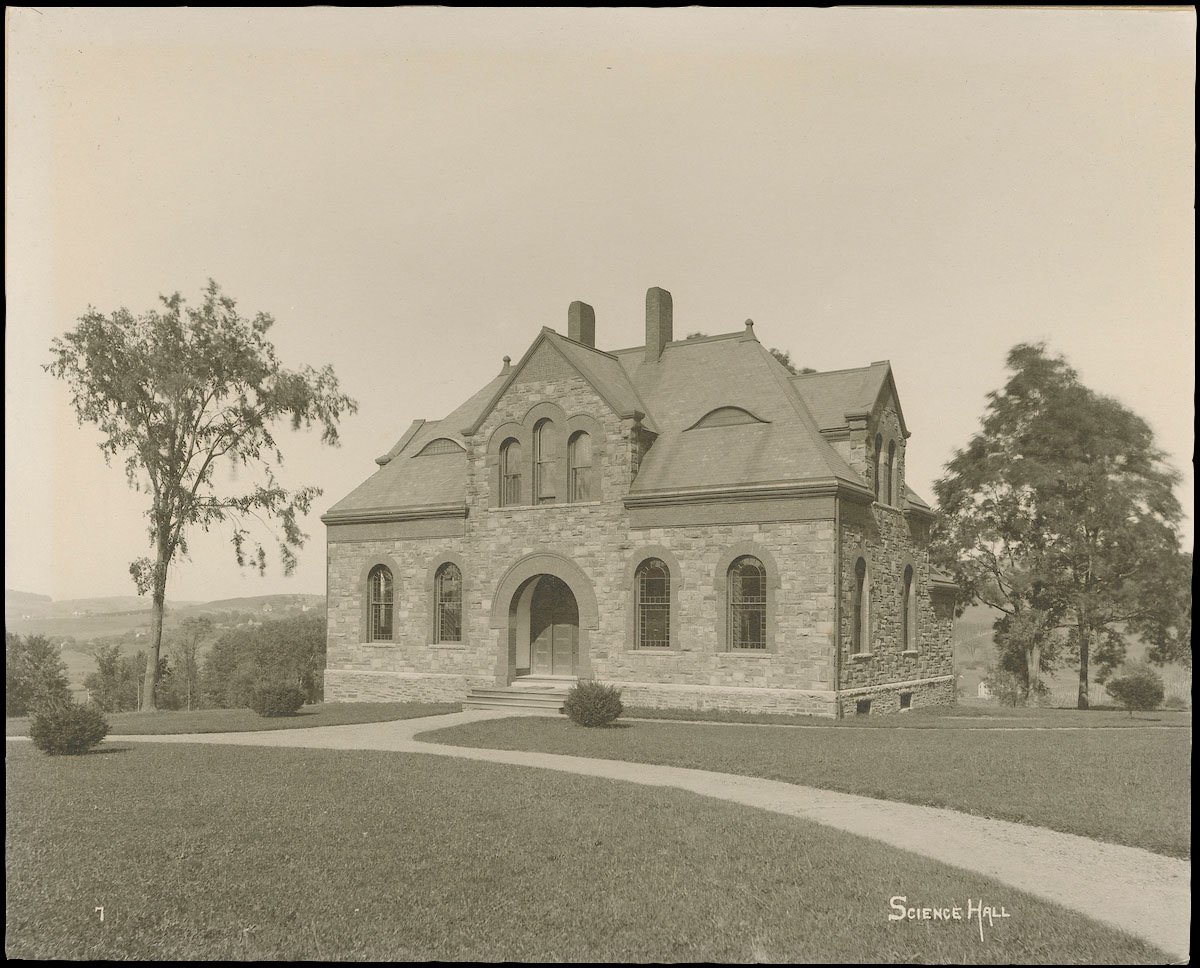
The new Chemistry Laboratory, which will later be renamed Hascall Hall (and informally and fondly recalled as “Old Bio”), transforms the teaching of sciences.
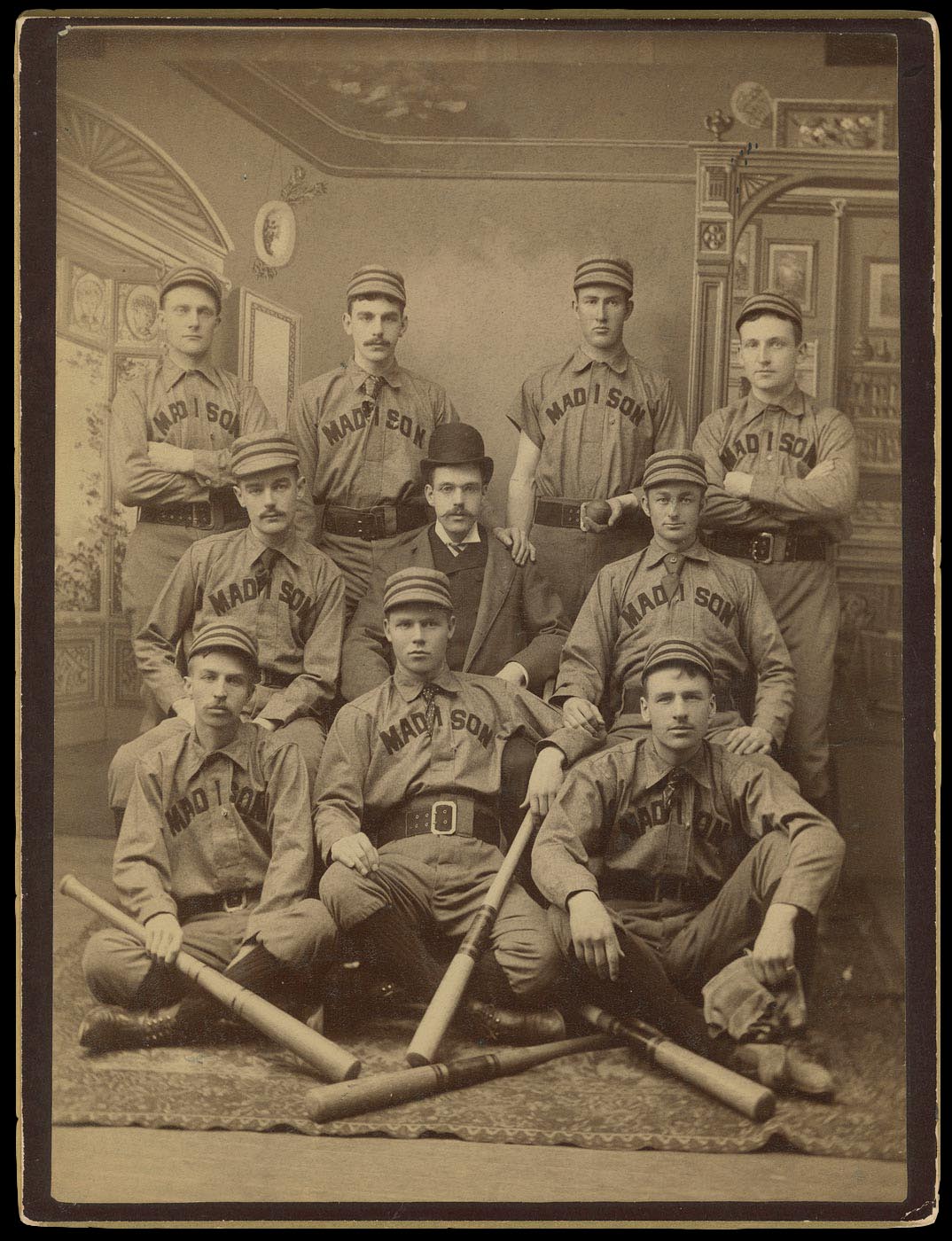
The first intercollegiate sports team — baseball — is founded.
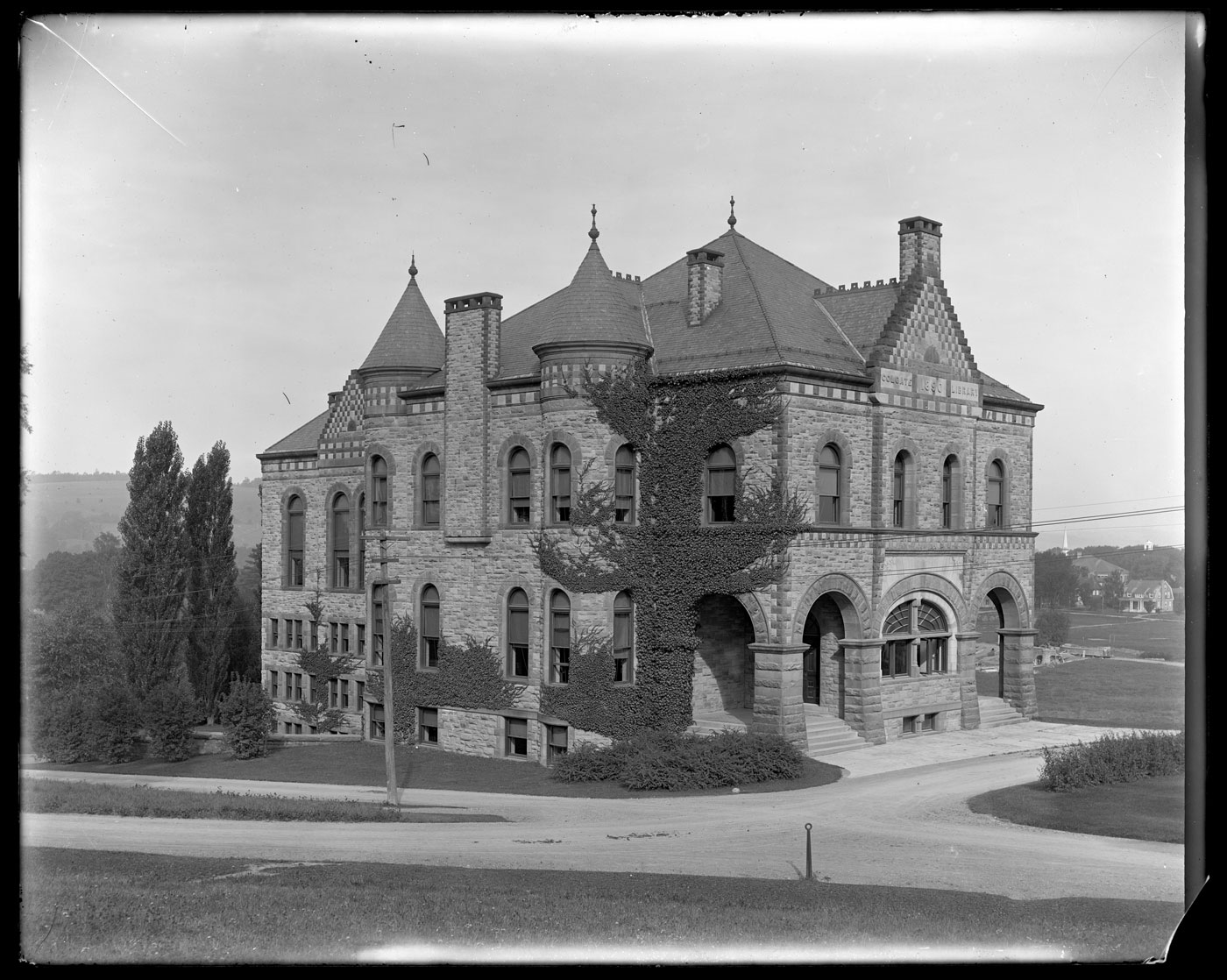
James B. Colgate Library, the institution’s first full-fledged library, opens.
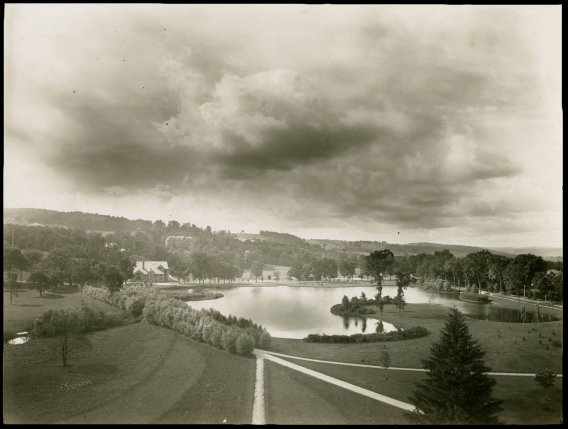
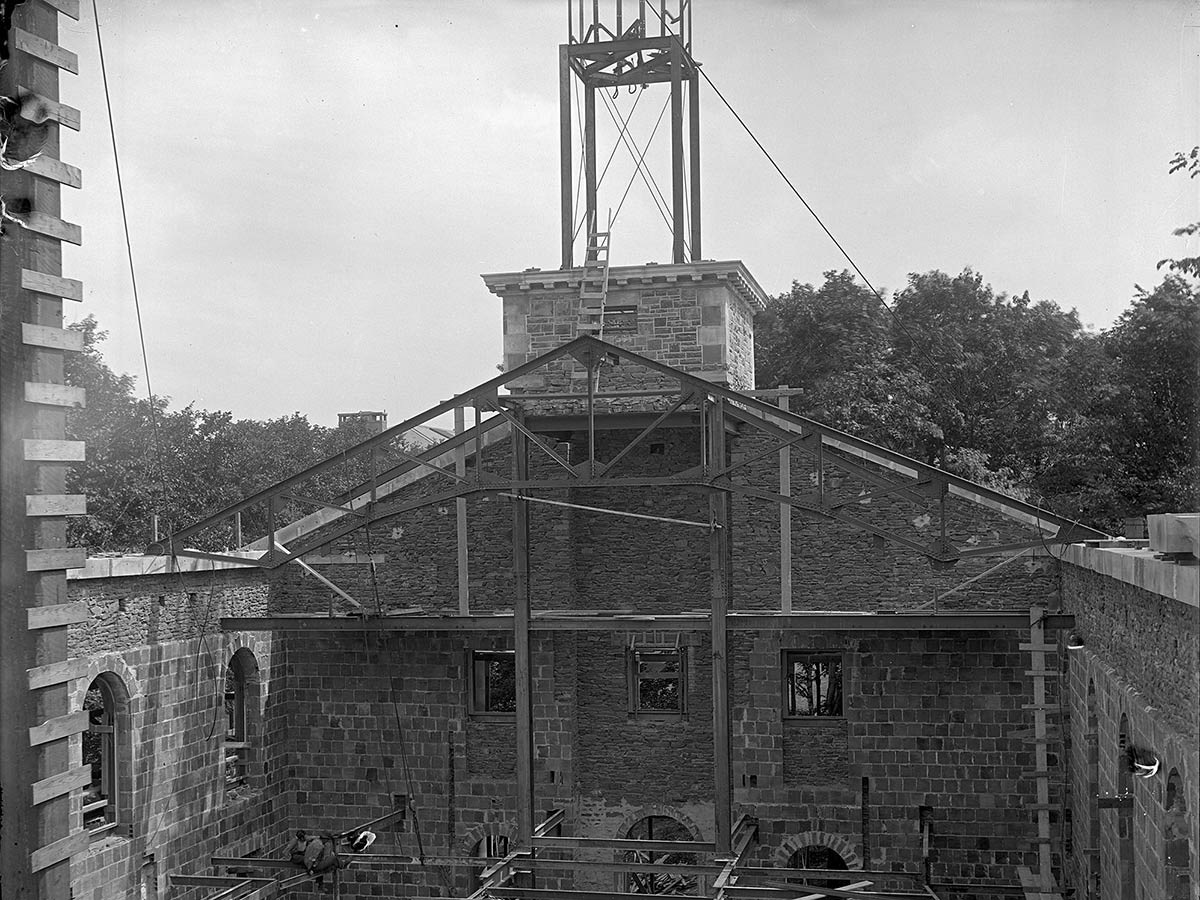
Colgate Memorial Chapel is built, given to the university by Mary Colgate, sister of James C. Colgate, who gave it in memory of their father, James B. Colgate.
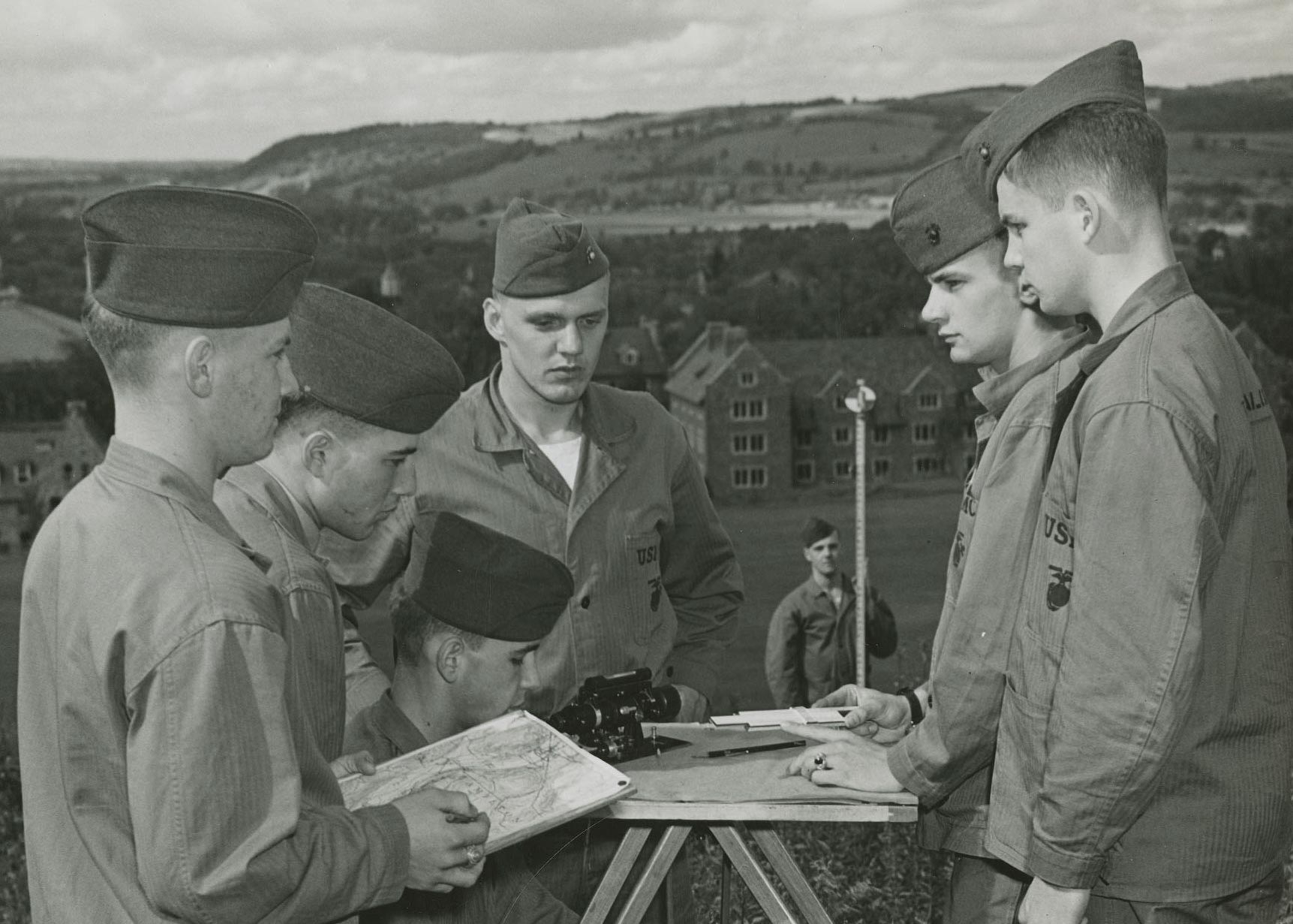
Following the Centennial celebration and first all-class reunion, Colgate ushers in its special liberal arts model, still in practice nearly 100 years later. A growing student body soon necessitates further campus expansion, both in academic and student life facilities.
Historical Backdrop
1929
Stock market crash begins Great Depression
1939
Hamilton native John Vincent Atanasoff creates a prototype of the first digital computer
1941–1945
U.S. involvement in World War II
1954
Brown v. Board of Education ends legal school segregation
New York State Thruway opens
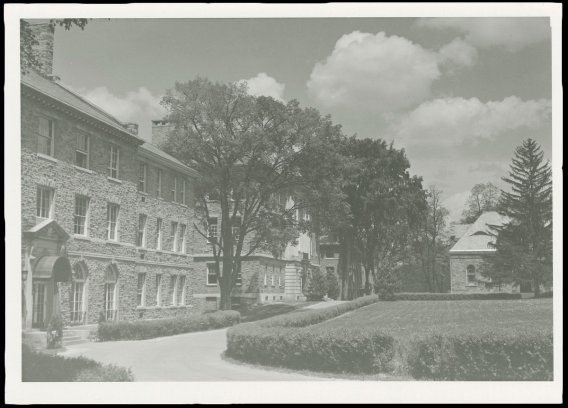
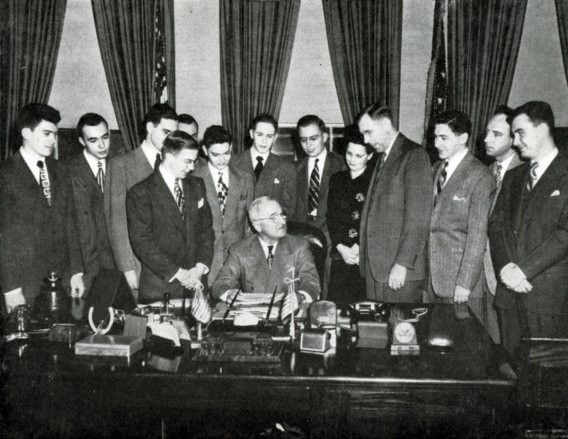

In reducing the chaos of the modern world to order — or, as a first step, to disorder — the college has an increasingly important role to play.”
Inauguration speech, 1942 Colgate in WWII
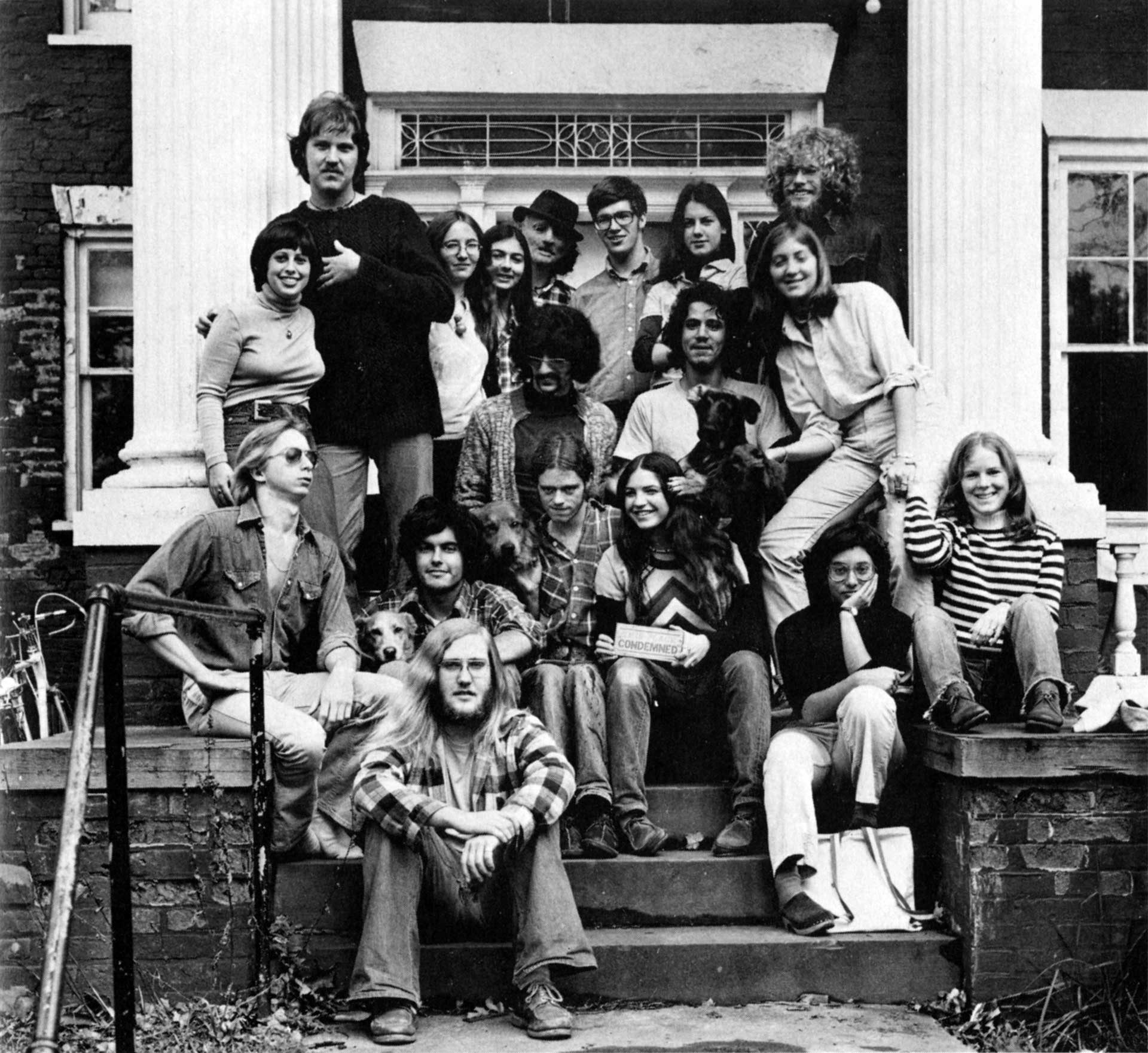
Entering an unprecedented era of rapid societal and educational change, Colgate continues to respond, adapt, grow, and strengthen through both its curricular and extracurricular pursuits.
Historical Backdrop
1960s
1964 Civil Rights Act ends segregation, bans employment discrimination
1969 American astronauts land on the moon
1972
Title IX prohibits sex discrimination
1989
Fall of Berlin Wall
2001
September 11 al-Qaeda attack on the United States
2007
iPhone release begins smartphone era
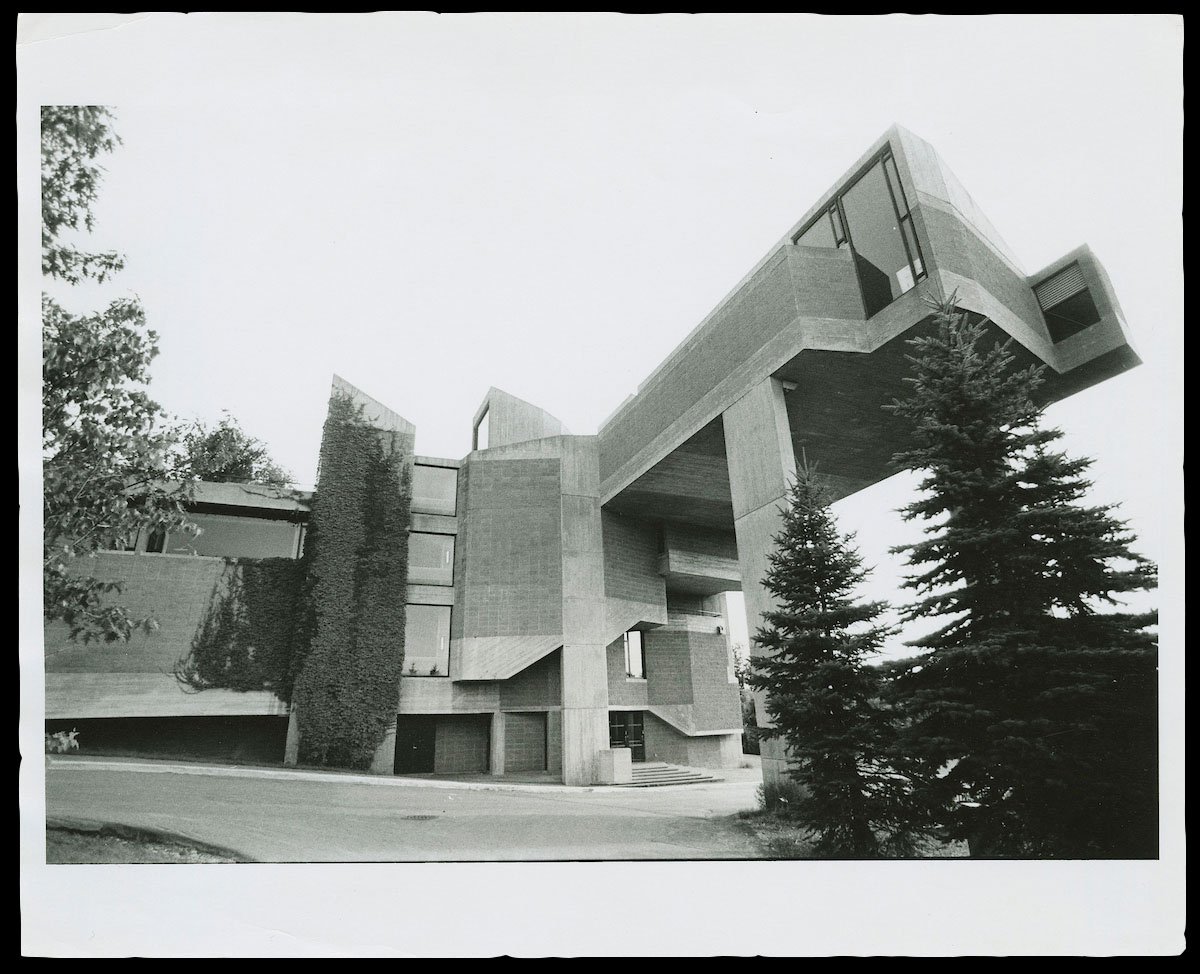
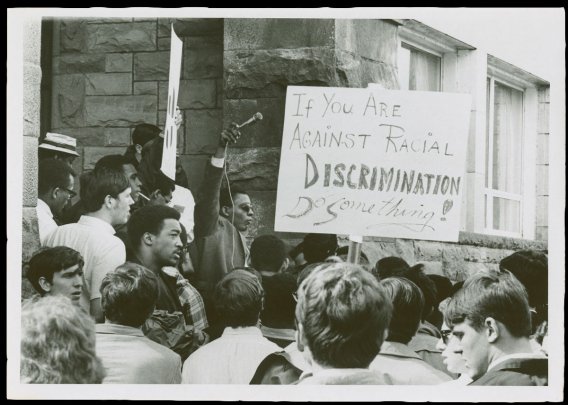

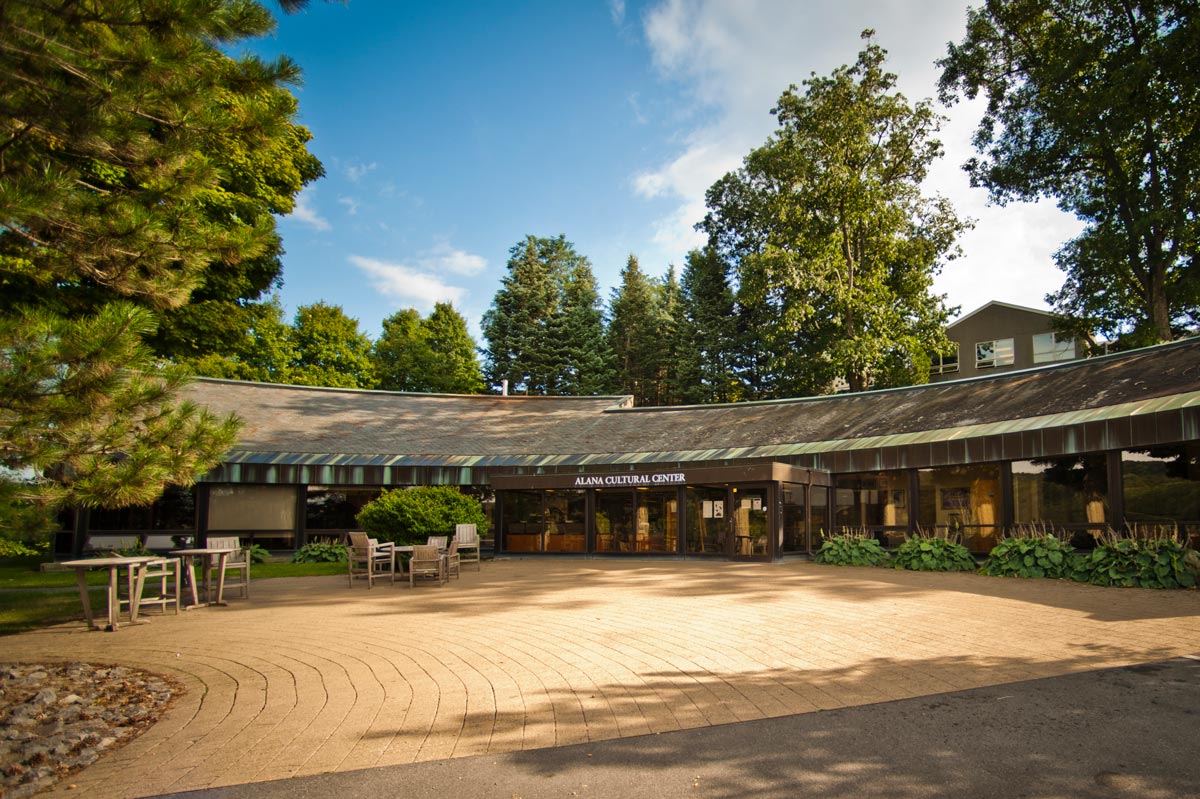
The ALANA Cultural Center’s new home is dedicated as a space that welcomes students and other members of the community to share their differences and commonalities.
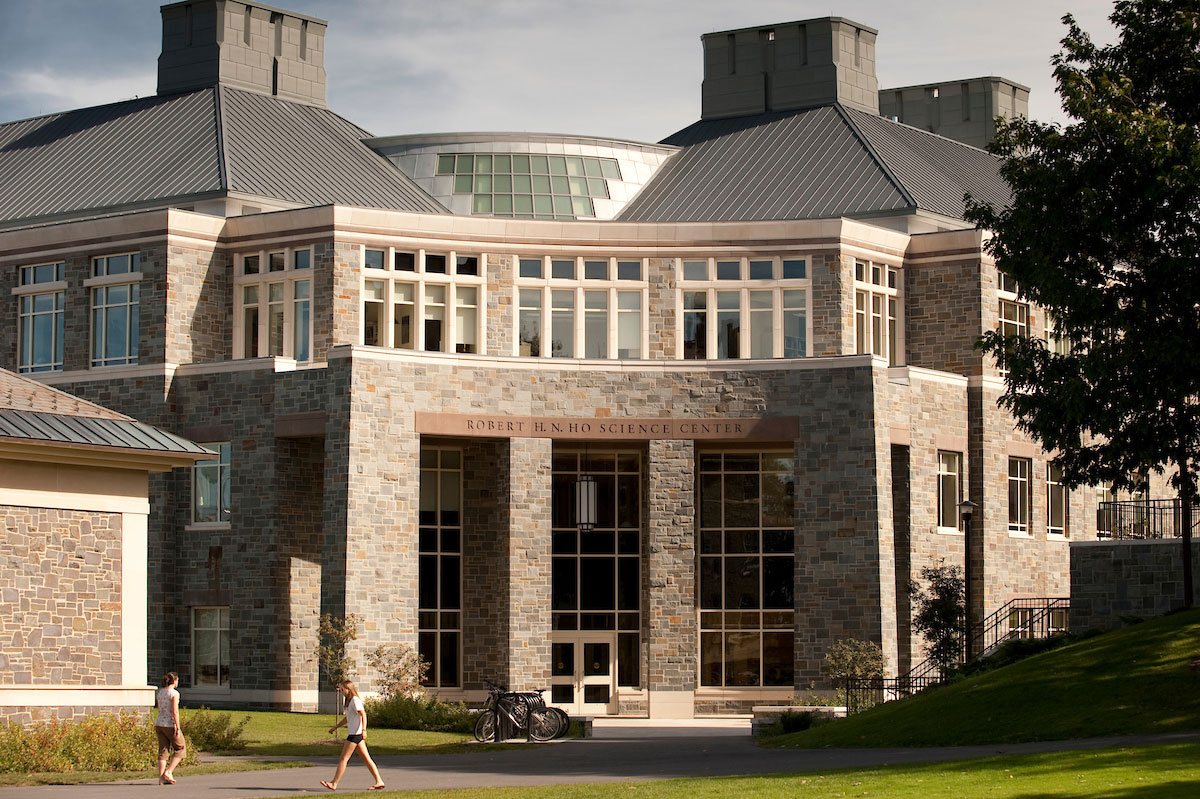
The Ho Science Center opening heralds a new era of interdisciplinary study.

The pathway forward for Colgate is to be a place of academic rigor, a place that attracts students and faculty of great achievement and potential, and a university that sends its graduates off into the world with promise for the future and with care and affection for their alma mater. Our future will be built on these foundations.”
Vision Statement for Colgate’s third century, 2018 Read the full vision


